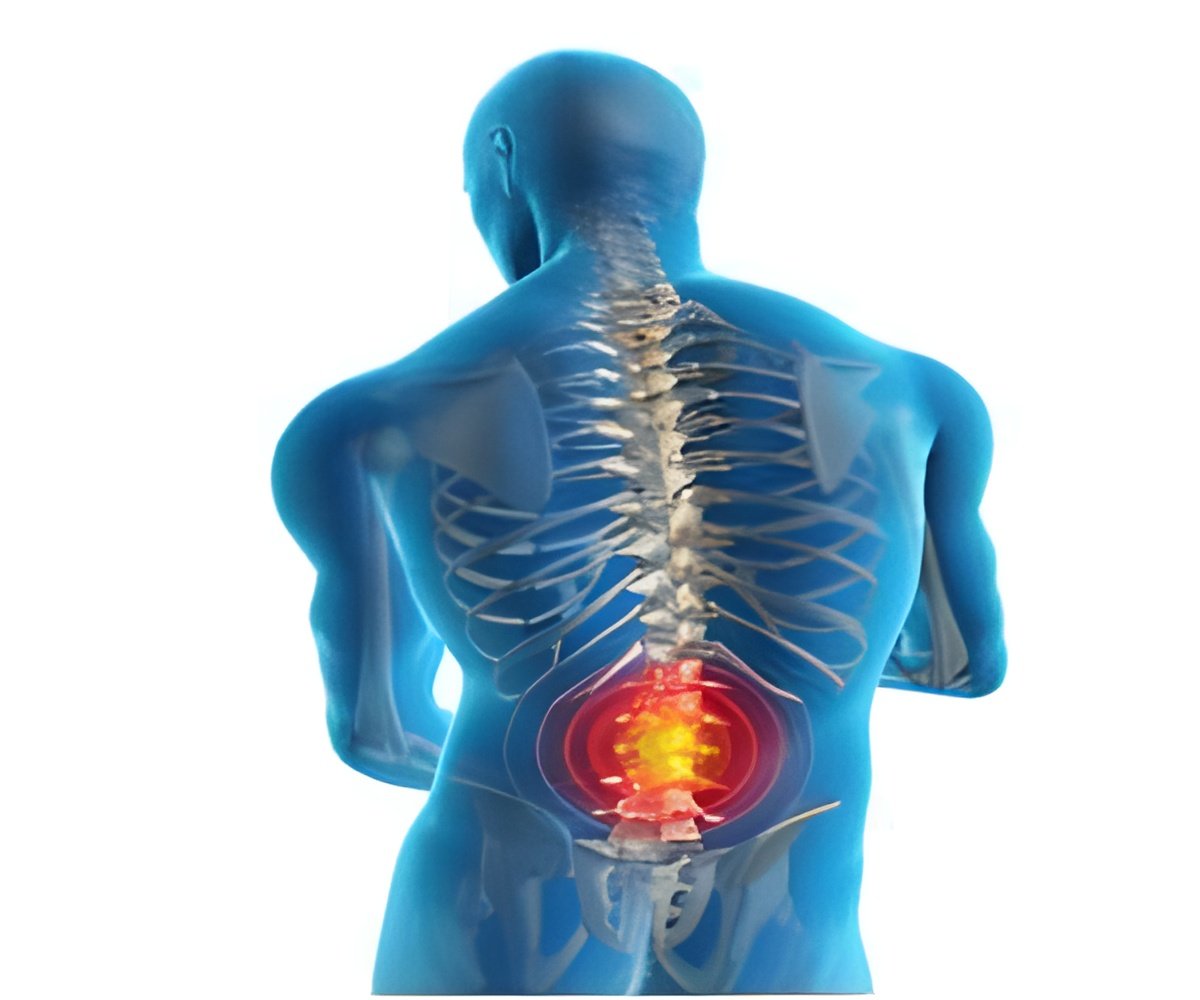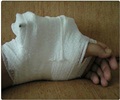A new study suggests that play load-bearing sports such as volleyball or basketball for four hours a week could help young men avoid the risk of osteoporosis.

Bigger bones with more mass are thought to offer a shield against osteoporosis, a disease that affects men and women alike, in which bones become porous and weak over time and start to fracture by age 50 or later. "Osteoporosis actually seems to get its start by age 25 when bones start to lose tissue. So this study sends an important message to young men," Lorentzon said. "The more you move, the more bone you build."
Sports that involve jumping or fast starts and stops and increase the load put on the body's bones seemed most associated with the enhanced protection for men. Lorentzon and his colleagues found that basketball and volleyball seemed the best kinds of activities for building bone mass, followed by soccer and tennis. Such load-bearing sports seem to push the body to form new bone tissue. Activities that do not put an increased load on the bones, like swimming and bicycling did not seem associated with the building of bigger bones or more bone mass, even though they offer other health benefits.
Osteoporosis affects more than 200 million people worldwide yet many are unaware that they are at risk. The disease has been called the silent epidemic because bone loss occurs without symptoms and the disease often is first diagnosed after a fracture. Osteoporosis is more common in women, but men also develop it—usually after age 65.
Previous studies suggest that load-bearing physical activity might shield men and women from bone loss, which occurs as part of the aging process. But Lorentzon and his colleagues wondered if the link would hold true in a very large study that followed men over a five-year period. To find out, the researchers evaluated 833 men who were 18- to 20-years old at the start of the study. The researchers measured the participants' bone mass and collected information about their exercise habits. Five years later the recruits came back to the lab to report activity levels and get bone scans again.
The researchers discovered that men who both started off with a high level of load-bearing exercise at the study's start and those who stepped up the pace had a better chance at building bone than men who remained sedentary or those who slacked off during the five year period. They found that for every hour of increased physical activity during the five-year study, the men in this study gained bone mass.
Advertisement
This study was conducted in white men recruited mostly from the city of Gothenburg, Sweden. However, Lorentzon noted the findings likely apply to Caucasian men in the United States and in other countries, and additional research must be done to show that such load-bearing exercise can protect men in other ethnic groups and women.
Advertisement
Source-Eurekalert














